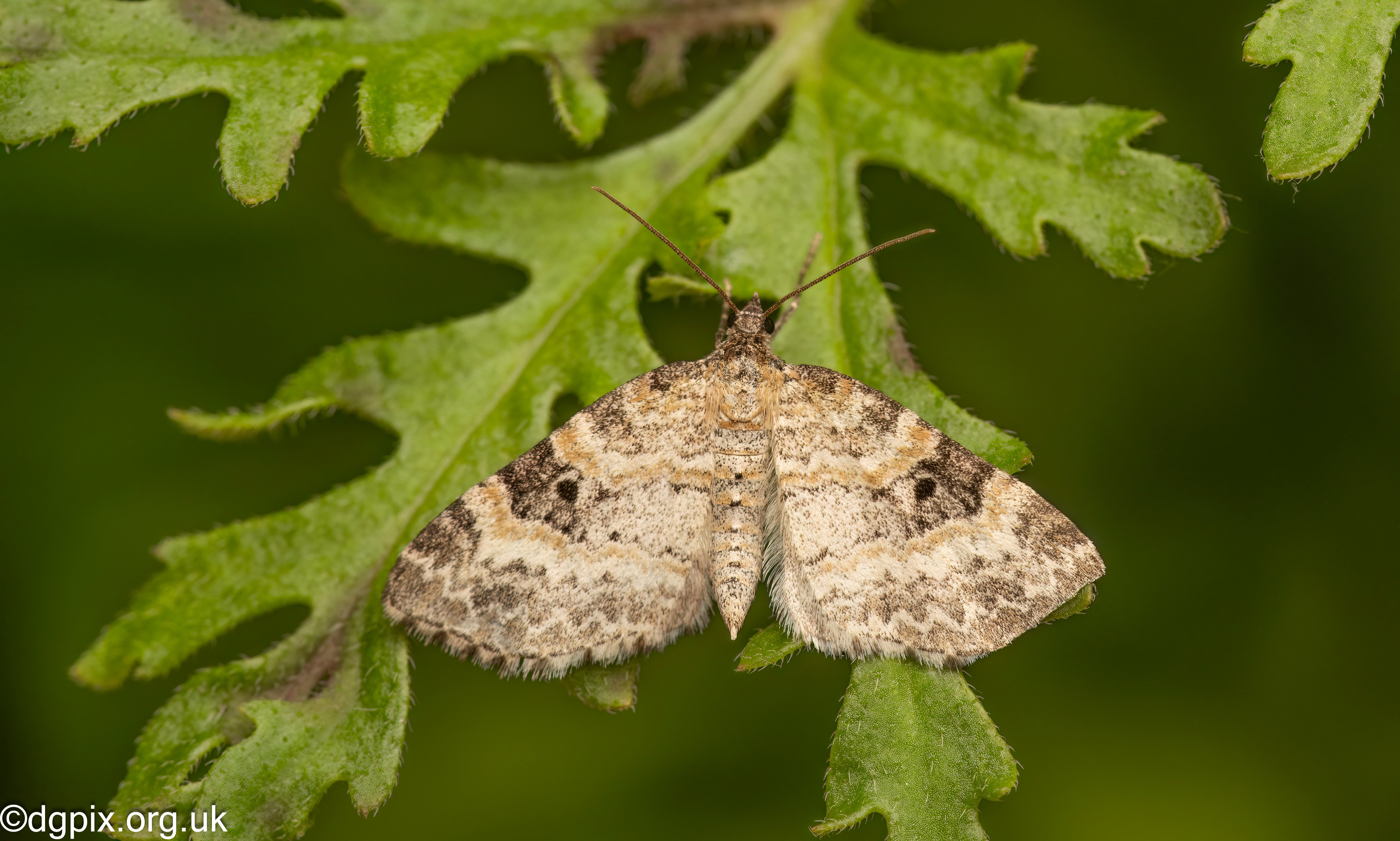
Mothwatch: Brackagh Moss
I regularly moth trap at various locations and habitats in Co. Armagh, from bogs, grasslands, woodlands and my own garden. I use portable Actinic light systems and 2 x 6w heath traps and a 22w & 40w Skinner style trap.
This is the first in an ongoing series of articles about the moths we find and record during these sessions and a little bit about their life and habitats, and what we find special about them. I hope you find it as interesting reading about them as we do when we are recording them!
Brackagh Moss NNR - Night of 31/05/2025
Brackagh Moss Nature Reserve is a diverse mosaic of wetland habitats in the heart of Co. Armagh. This reserve is characterised by its rich, waterlogged peat bogs, interspersed with patches of open water and dense reed beds and a sprawling wet woodland of Birch, Alder and Willow . The area is a haven for an array of flora and fauna, including rare and endangered species. The vegetation includes sphagnum mosses, sedges, and heathers, and wildflowers such as Valerian, Bogbean and Dog Roses creating a vibrant and dynamic ecosystem. With an early morning atmosphere that is punctuated by the calls of cuckooo and grasshopper warblers, the backdrop for moth trapping with my good friend and past County Moth Recorder for NI, Robert Thompson is hard to beat.
We put one 6w trap in a grassland meadow that borders the peat bog, and it had a dissapointing return for the evening:
| Clouded Border | 4 |
| Clepsis spectrana | 5 |
| Oblique Carpet | 1 |
| Brown-line Bright-eye | 1 |
The second 6w went into the damp woodland, under a canopy of Alder and Willow and stands of Royal and Common ferns. This did rather better given the relative low power of lamp, and low temperature of 9 degrees:
 6W Heath trap in the dense wet woodland area of Brackagh Bog
6W Heath trap in the dense wet woodland area of Brackagh Bog
| Common White Wave | 4 |
| Green Carpet | 2 |
| Clouded Border | 6 |
| Common Marbled Carpet | 3 |
| Brussels Lace | 4 |
| White Ermine | 8 |
| Common Lutestring | 1 |
| Engrailed | 1 |
| Clepsis spectrana | 6 |
| Poplar hawk-moth | 4 |
| Small Seraphim | 1 |
| Bright-line Brown-eye | 1 |
Moths: 50 Species: 13
The Seraphim was a nice first of the year in any of our traps, a moth that I personally only see once or twice a year and I always try to photograph it when it appears in the traps. The Seraphim moth (Pterapherapteryx sexalata) is a species typically associated with deciduous woodlands and damp environments, where it finds its primary food source for the larval stage, the leaves of poplar and willow trees. It's season is late May to early July, relatively short, so this one of ours was bang on time.
 Small Seraphim moth - Photographed with Canon R7, Sigma 105mm, Godox V1, Popeshield Diffuser
Small Seraphim moth - Photographed with Canon R7, Sigma 105mm, Godox V1, Popeshield Diffuser
We had a nice bonus moth in the form of Gold Swift, seen in big numbers over the grassland meadow near sunset. It is a fascinating species predominantly found in damp, wooded areas and heathlands, where it thrives amidst the unimproved grassland undergrowth. This moth is particularly associated with habitats that support a rich diversity of ferns, as its larvae primarily feed on the roots of bracken (Pteridium aquilinum). The adult moths exhibit a brief but intense flight season, typically occurring from June to early August, during which they are most active at dusk. The males are known for their distinctive, rapid, and erratic flight patterns, often engaging in a mesmerising aerial display to attract females.
 Male Gold Swift moth- Photographed with Canon R7, Sigma 105mm, Godox V1, Popeshield Diffuser
Male Gold Swift moth- Photographed with Canon R7, Sigma 105mm, Godox V1, Popeshield Diffuser
